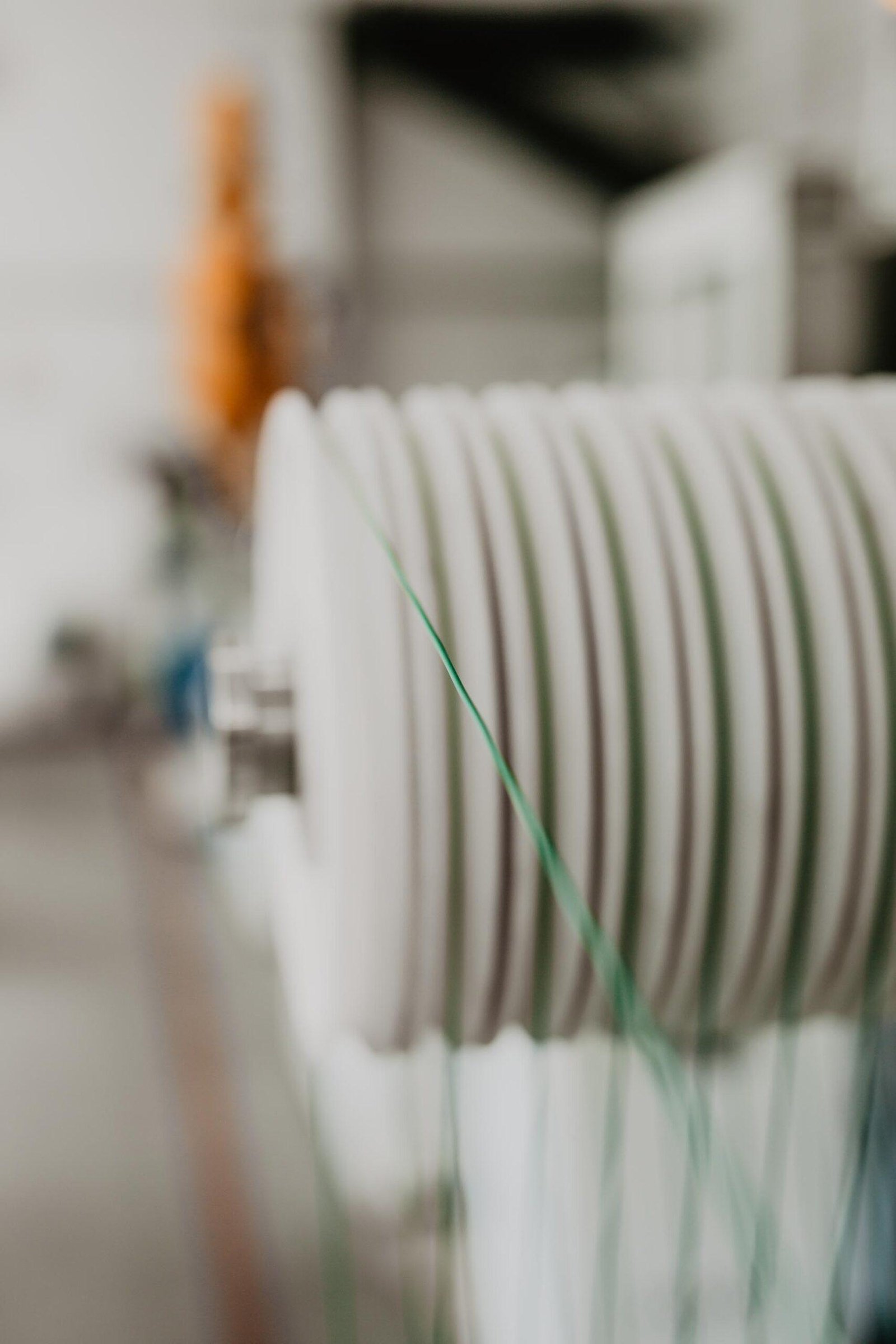When it comes to 3D printing with PETG filament, your hardware setup can make all the difference. Two of the most critical components that influence print quality, ease of use, and long-term reliability are your nozzle and bed surface. Choosing the right combination not only ensures great adhesion and smooth finishes but also helps avoid common headaches like poor layer bonding or difficult print removal. Let’s explore how to select the best nozzle and bed surface for printing PETG, and set yourself up for reliable, high-quality results every time.
Understanding PETG: Why Your Setup Matters
PETG (Polyethylene Terephthalate Glycol) has quickly become a favorite among makers and professionals alike. It strikes a balance between the flexibility and toughness of ABS and the ease of use of PLA. However, PETG also comes with its own quirks: it’s stickier than PLA, prone to stringing, and likes to bond to some surfaces a bit too well. That means your choice of nozzle and bed surface can have a big impact on your 3D printing experience.
Nozzle Selection for PETG: What Works Best?
Material Matters:
The nozzle is where your filament gets shaped, so it must withstand both heat and friction. For most hobbyists, a standard brass nozzle is perfectly adequate for PETG. Brass offers excellent heat conductivity, leading to consistent extrusion. However, if you print with abrasive PETG blends (such as carbon fiber-filled PETG), a hardened steel or ruby-tipped nozzle is a better investment. These materials resist wear and maintain their diameter for much longer.
Diameter Decisions:
The standard 0.4 mm nozzle works well for most PETG prints, offering a balance between detail and speed. However, if you want extra-strong parts, try a larger nozzle (0.5 mm or 0.6 mm). This allows for thicker extrusion lines, which can increase part strength and reduce print time. For ultra-fine details, a 0.2 mm or 0.3 mm nozzle is an option, but you may need to dial in your slicer settings carefully to avoid clogs and stringing.
Maintenance Counts:
PETG’s stickiness means that nozzle buildup can occur more often than with PLA. Regularly inspect your nozzle for burnt-on residue or plastic “boogers.” A quick cold-pull cleaning or using a cleaning filament can help extend the life of your nozzle and keep print quality high.
Bed Surface Options for PETG: Finding the Right Fit
Glass Beds:
A glass bed provides a perfectly flat printing surface and delivers a beautiful glossy finish on the bottom of your prints. PETG adheres very well to clean glass, sometimes too well! To avoid damaging your prints or the glass itself, apply a thin layer of glue stick or spray some hairspray before printing. This acts as a release agent and makes part removal much easier.
PEI Sheets:
Polyetherimide (PEI) surfaces are popular because they require little maintenance and provide excellent adhesion for PETG. A spring steel PEI sheet makes part removal especially simple—just flex the plate, and your print pops off. Be mindful, though: PETG can bond very tightly to PEI, so always use a bit of glue stick as a protective layer.
BuildTak and Similar Surfaces:
These adhesive sheets are engineered for strong adhesion. PETG prints stick reliably, but as with PEI, over-adhesion is a risk. Using a thin barrier like glue stick helps protect the surface and ensures you can remove prints without damage.
Other Surfaces (Painter’s Tape, Kapton, etc.):
While painter’s tape is great for PLA, it can rip and leave debris on PETG prints. Kapton tape is heat resistant and works fairly well, but it’s less common for PETG compared to glass or PEI.
Tips for Optimal Adhesion and Easy Release
- Level the Bed: PETG is sensitive to first layer height. Too close, and you’ll have trouble removing prints; too far, and you risk poor adhesion.
- Use Adhesives Wisely: Always use a light coating of glue stick or hairspray on bare glass or PEI. This protects your surface and makes cleanup easier.
- Allow Cooling Before Removal: Let your bed cool down before trying to remove prints. PETG often contracts as it cools, making removal simpler and reducing risk of damage.
Troubleshooting: Common Issues and How to Fix Them
- Stuck Prints: If a print is stuck fast, don’t force it. Instead, use a plastic scraper and gently work around the edges. You can also pop the bed in the freezer for a few minutes to encourage contraction.
- Poor Adhesion: If prints lift or warp, check your bed temperature (usually 70–80°C for PETG) and ensure your surface is clean. Adjust first layer settings if needed.
- Nozzle Clogs: If you notice inconsistent extrusion or jams, clean your nozzle promptly, and avoid running PETG at excessively high temperatures.
Best Practices for PETG Printing Success
Choosing the right nozzle and bed surface for PETG is not a one-size-fits-all task. Your ideal setup depends on your printer, the kind of PETG you use, and your typical project needs. Standard brass nozzles and glass or PEI beds suit most applications, but a little preparation—like glue stick on the bed and regular nozzle cleaning—goes a long way.
Don’t be afraid to experiment. Every printer and workspace is a little different, and dialing in your perfect combination may take a few tries. With a thoughtful approach, you’ll enjoy PETG’s durability, clarity, and versatility—print after print.

